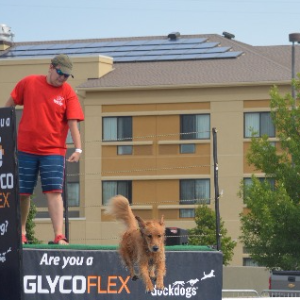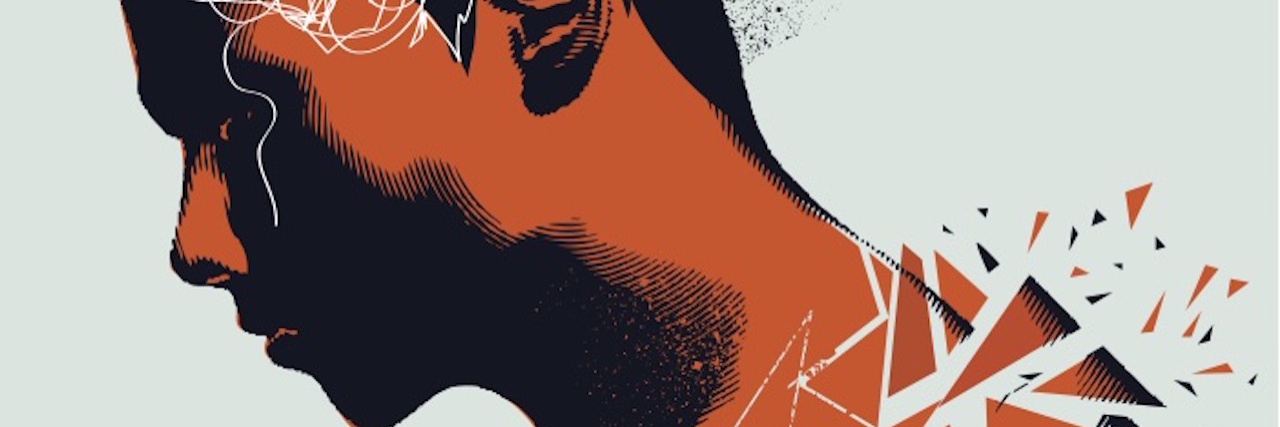Most of my life I have been active and hard-headed — the kind of person who jumps on a half-broken horse and “makes do.”
• What is Ehlers-Danlos Syndrome?
• What Are Common Ehlers-Danlos Syndrome Symptoms?
But then, my ankles started giving me more and more trouble. “OK,” I thought, “I will stop running and have the surgery that’s been suggested.”
But it didn’t stop there. Next it was my SI joint. “OK, no more long walks,” I told myself. I can take buses instead.
Then I started fainting regularly. OK, I’ll stay out of the heat.
Then my shoulders. OK, I will stop lifting heavy things.
You see, bit by bit, my condition took parts of me. And bit by bit, I adapted. It’s human nature to adapt to things. I didn’t scream or become upset.
The problem is that up until recently, how I viewed myself hadn’t changed. Part of me saw the strong, “take no prisoners” equestrian as “me” still. And in some ways he’s still there. He just sometimes uses a support cane, walks with a limp on bad days, and has a galaxy cat bag full of medication.
Sometimes I look in the mirror and realize that the person I am now is stronger than who I once was. Yes, some days I may struggle to get out of bed. Some days I may vomit up my dinner in my puppy’s obedience class. (Fun times). But I also still want to go back to college after a medical withdrawal, and still have a plan to travel. I still want to ride horses, though no more “half- broken” horses anymore.
I think 19-year-old me might have looked down on 22-year-old me as weak, but I also think 22-year-old me could teach him quite a bit about kindness, level-headedness, being a good friend, and respecting that sometimes it’s OK to know your limits. And it’s OK to love the body you’re in, even if it is kind of broken.


